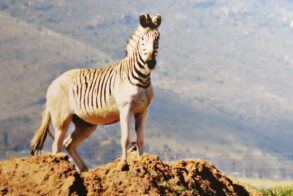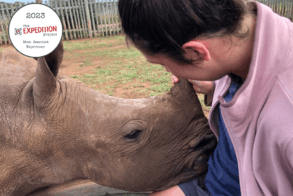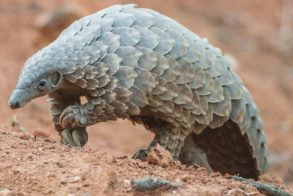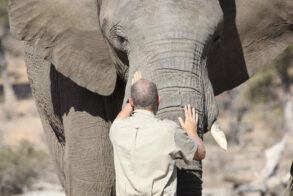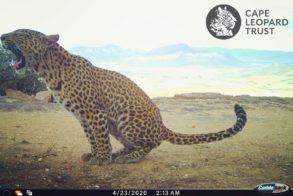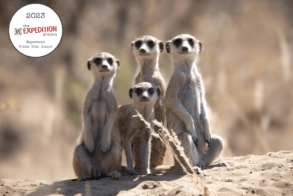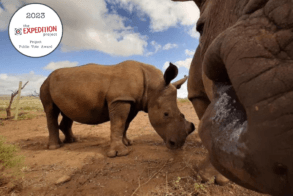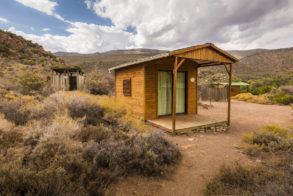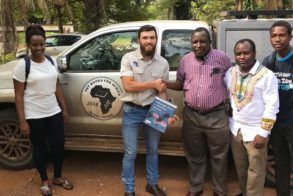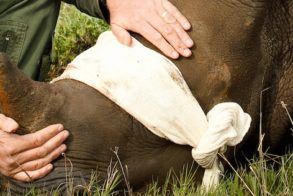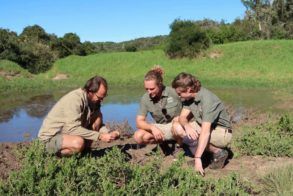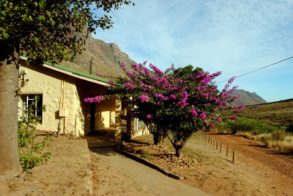Mapungubwe National Park is a national park in Limpopo Province, South Africa. It is located by the Kolope River, south of the confluence of the Limpopo and Shashe rivers and about 15 kilometres (9.3 mi) to the NE of the Venetia Diamond Mine. The National Park borders the private game reserve to the south. It abuts on the border with Botswana and Zimbabwe and forms part of the Greater Mapungubwe Transfrontier Conservation Area. It was established in 1995 and covers an area of over 28,000 hectares (69,000 acres). The park protects the historical site of Mapungubwe Hill, which was the capital of the Kingdom of Mapungubwe, as well as the wildlife and riverine forests along the Limpopo River.
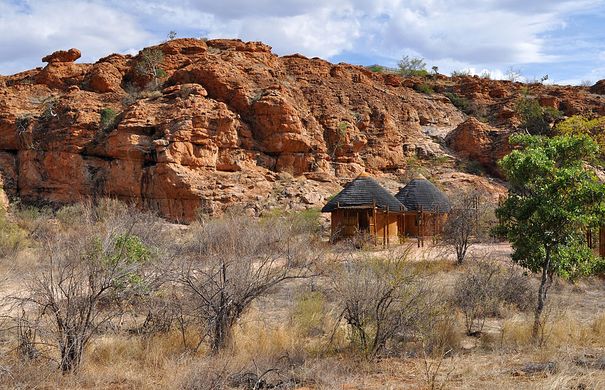
Mapungubwe National Park and World Heritage Site
Mapungubwe National Park is renowned for its scenic landscape. Unique sandstone formations, woodlands, riverine forest and baobab trees combine to give it a fascinating look.
The significance of the Mapungubwe National Park and the areas surrounding it is enhanced by the potential role of the area as a sanctuary for viable populations of some of the most threatened large mammals on earth, such as the black rhinoceros, wild dog, cheetah, brown hyena and elephant. It also is one of the last protected areas of the Limpopo riverine forest.
World Heritage Site
Mapungubwe and its recent declaration as a World Heritage Site has helped to highlight the significance of cultural heritage within SANParks.The inextricable links between people, biodiversity conservation and cultural heritage have become more evident through Mapungubwe. A number of initiatives have now come up within SANParks to enable a more dedicated focus on cultural heritage and community participation.
The Mapungubwe National Park provides unparalleled opportunities for the development of cultural resources as a sustainable component in the overall park development and management.
As contemporary South Africa increasingly takes interest in, and its inspiration from, the Kingdom of Mapungubwe, there are opportunities for building a national constituency across the country amongst particularly the youth. Significantly, the story of Mapungubwe and its importance in the overall history of the sub-continent has been incorporated into the national schools’ curricula. This means that the site itself is increasingly becoming a focus for educational tours, with many primary and secondary schools as well as students from tertiary institutions visiting the park.
The formation of the park at a time when issues of landownership and restitution has come to the fore throughout southern Africa also provides an opportune moment for the park authorities to implement models of outreach to local communities. The park now regularly hosts communities from Botswana and Zimbabwe who, for almost more than 100 years were cut off from ancestral land of which their ancestors once were an integral part. In this way the park is reaching out to a broader Southern-African community – an initiative that, it is hoped, will eventually culminate in the formation of a Transfrontier Conservation Area. Transfrontier Conservation Areas signifciantly promote regional integration, greater biodiversity, environmental tourism and economic growth.
Contact
To view contact details for this destination, you need to be logged in. If you don't yet have an Expedition Project account, don't worry it's totally free to create one.
Login Register









